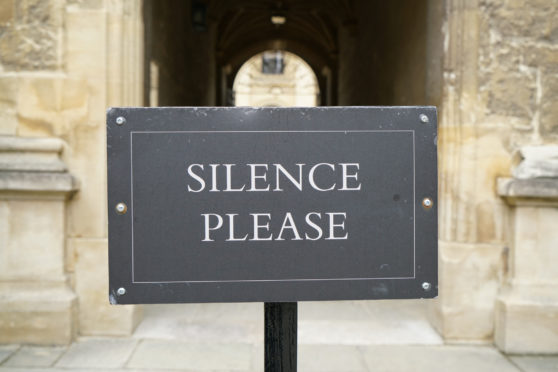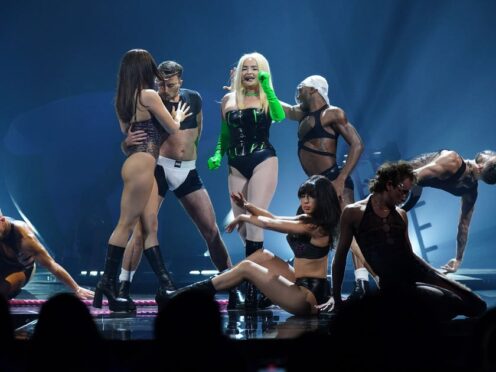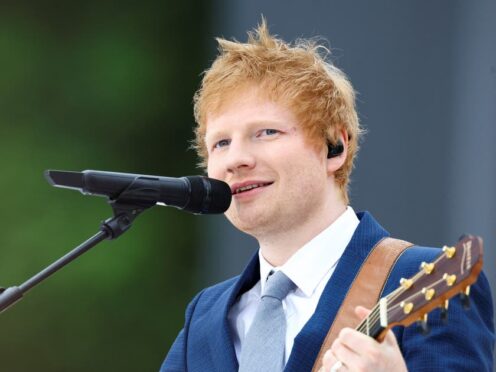I have discovered a quiet library. I say again: a quiet library. Isn’t that the most extraordinary thing?
It’s outwith Courier Country, I’m afraid, where I am temporarily decamped. But, suffice to say, up some winding stairs one goes before opening stout double doors to find a large, well-lit hall containing shelves of reference books and, over by the window, places where a scholar or columnist can plug in his laptop and get on with his or her work.
I was so pleased I almost shouted for joy, until I realised that would be inappropriate. I was even worried about making a noise when unpacking my notebooks and plugging my brain into the mains.
I half-expected a spinsterish librarian with a pinched face and cat’s eye spectacles to come over and chide me with a loud “Shhhh!” and a forefinger at her lips, like they did in old cartoons.
It didn’t last, of course. Someone sat behind me with his headphones leaking racket. On another occasion, the young woman opposite me sniffed loudly every eight seconds (I timed it). And, over where the two librarians sat, a completely oblivious old man came in and, lacking any self-consciousness, bawled away for about half an hour.
Young men, too, would come in from time to time and blab away to each other. I just don’t think the concept of being quiet was understandable to them. But there were, thankfully, frequent periods of extended quiet here, and it was clear that other young folk, swotting for exams, preferred these.
As did I, with only my tinnitus (gift from a malevolent universe to a man who loves silence) to hear. I raced through my work and also did all the other things I needed to on the wi-fi connection that I’d come to use, lacking one of my own temporarily.
Ironically, I guess that, as with so many things in modern life, libraries were undone at first by the internet. People started reading books online and weren’t restricted to whatever the library had stocked in its relatively limited shelf space.
Libraries reacted, first, by stocking audiobooks and films, until these too went online, and then by becoming “community centres”, with nurseries attached. The loudest people you hear in libraries today are often the librarians, as their mobile phones belt out tinkly tunes and they then proceed to shout into them.
Declining footfall was supposedly the reason for jazzing up libraries, but that shouldn’t have been a cause for panic measures. Public services should never have to prioritise quantity over quality, but they always do. It’s costs before service every time.
Well, it’s time for quiet libraries to make a comeback. Vinyl and physical books have and, soon (I am beginning to detect), newspapers will too. Libraries have been described as temples of learning and liberators of the mind, often for people who couldn’t go to college or read much at home.
But this news just in: it’s difficult reading in a racket. The brain becomes discombobulated. The nerves jangle. The hands and feet get fidgety.
The only things I would add to quiet public libraries are comfy armchairs, free decanters of sherry and a decent selection of cakes. I have written to my local councillor with these suggestions. But he has gone strangely quiet.










